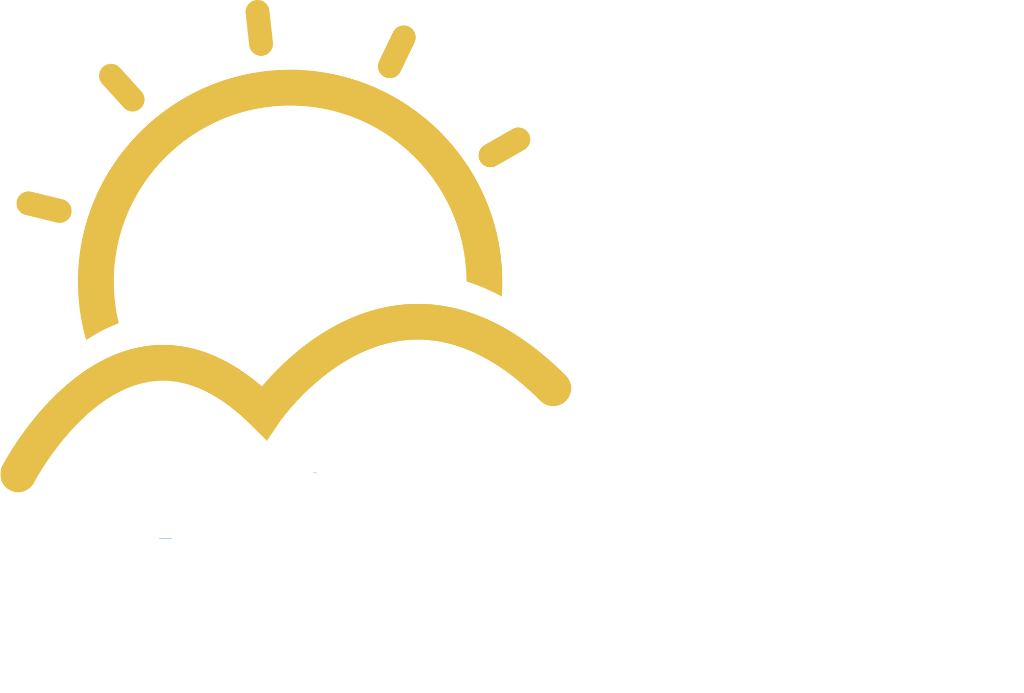Learn about this module and what to expect.
Conflict Resolution and Nonviolent Communication
Hey everyone, I want to take a moment before we dive into today’s session because I know we’ve been covering a lot so far, and you’ve made it halfway through this course. That’s a big deal! Whether you’re feeling confident or uncertain, you’re still here, and that shows commitment. You’re learning, growing, and showing up for yourselves—and that’s something to be proud of.
When you're ready, click below to continue to the questions.


